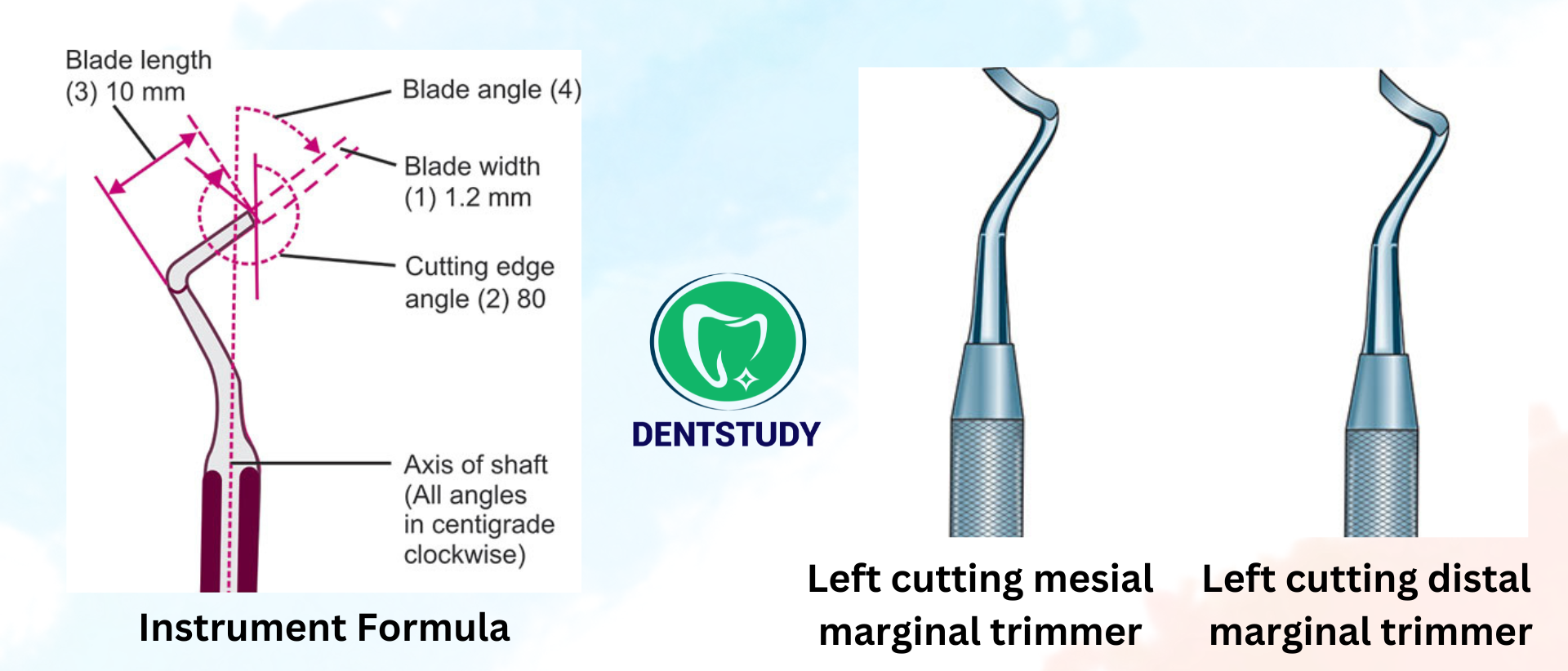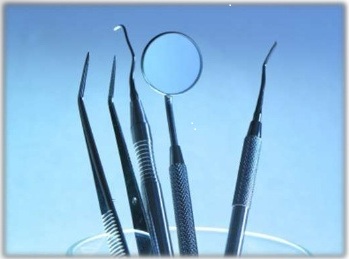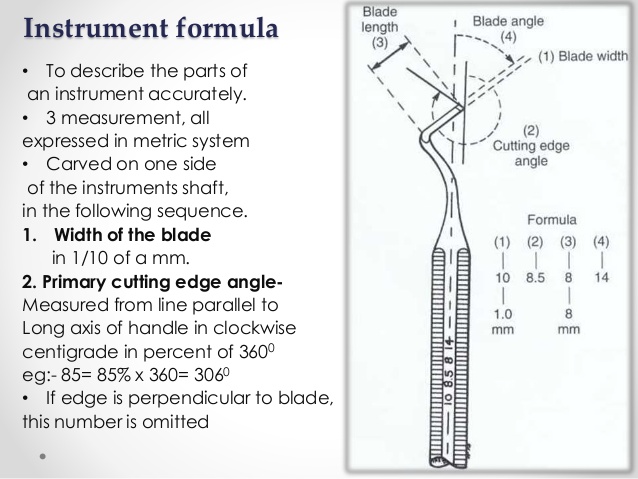
IMPORTANT VIVA QUESTIONS CONTD.
📌 INSTRUMENTS:
Q1. What is G.V Black’s Classification?
Ans. This classification is based on the use of the instruments:
1) Cutting instruments
(A) Hand
– Chisel
– Excavator
– Hatchets
– Hoes
(B) Rotary
– Burs
– Stones
– Discs
2) Condensing instruments
– Pluggers
(i) Hand (ii) Mechanical
3) Plastic Instruments
– Spatulas
– Cement carriers
– Carvers
– Plastic filling instruments
– Burnishers
4) Finishing And Polishing Instruments
A) Hand
– Orangewood sticks
– Polishing points
B) Rotary
– Finishing strips
– Mounted stones
– Rubber cups
5) Isolation Instruments
– Rubber dam kit (frame, clamps, sheet, forceps, and punch)
– Saliva ejector
– Cotton roll holder
-Evacuator tips and equipment
6) Miscellaneous Instruments
– Mouth mirror
– Explorers
– Probe
– Pliers
– Scissors
– Others
Q2.Mention parts of a hand instrument?
Ans. i) Handle/Shaft: it is the part of the instrument connected to the blade by shank
ii) Shank: it connects the shaft with the blade and it has one or more angulation
iii) Blade: it is the working end of the instrument bearing the cutting edge and it can be straight or curved
iv) Cutting edge: it is the end of the blade and is usually present in the form of a bevel
v) Blade angle: angle between the long axis of the blade and long axis of shaft
vi) Cutting edge angle: angle between the margin of the cutting edge and long axis of the shaft.
Q3. What is Black’s system of instrument nomenclature?
Ans. i) Order: Function of the instrument, e.g. excavator
ii) Sub-order: Manner of use, e.g. pull, push
iii) Class: The design or form of the working end, e.g. chisel, hatchet
iv) Sub-class: Shape of the shank (or) number of shank angle, e.g. bin-angle hatchet, push excavator
Q4.What is an instrument formula?
Ans.
🔹It is a numeric formula to describe the dimensions and angles of the working end of a hand-cutting instrument.
🔹This is called instrument formula.
🔹It was developed by G.V Black.
Q5. What is a 3-numbered formula?
Ans. a) 1st digit indicates width of the blade in 1/10th of a millimeter.
b) 2nd digit indicates length of the blade in millimeters.
c) 3rd digit indicates the blade angle in centigrade’s.
Q6. What is a 4-numbered formula?
Ans. a) 1st digit indicates width of the blade in 1/10th of mm.
b) 2nd digit indicates the cutting edge angle in centigrade’s.
c) 3rd digit indicates the length of the blade in mm.
d) 4th digit indicates the blade angle in centigrades.
Q7. What are single planed and double planed instruments?
Ans.
🔹 If the shank angles and the blade are in one single plane, it is called single planed e.g. enamel hatchet.
🔹If the shank angles and the blades are not in the same plane, they are called double planed instruments. They usually have a curved blade, e.g. gingival marginal trimmer.
Q8. What is instrument design? How are instruments classified based on its design?
Ans.
🔹Based on material: Stainless steel, carbon steel, tungsten carbide soldered to stainless steel
🔹Based on direction of force: Contrangled instruments, direct cutting instruments (single planed), lateral cutting instruments (double planed)
🔹Based on working end: Single ended and double ended
🔹Based on side of use: Right and left sided, mesial and distal sided
🔹Based on bevels: Single beveled, double beveled, triple beveled and circumferential bevelled
Q9. What is GMT?
Ans. GMT (gingival marginal trimmer) is a paired, double ended instrument where one is a mesial and the other is a distal instrument.
🔹It is a 4 numbered instrument.
🔹Each instrument has two ends, left and right sides.
Q10. What is a mouth mirror?
Ans.
🔹It is a non-cutting diagnostic hand instrument.
🔹It is used for retraction, vision, reflection, indirect visualization, transillumination and as a guard.
🔹Types of mouth mirrors: Front surface, plain and magnifying
Q11. How is the GMT differentiated from a hatchet?
Ans.
🔹Gingival marginal trimmer has a curved blade with a cutting edge at an angle.
🔹Hatchet has a straight blade and cutting edge does not form an angle with the blade.
Q12. How are mesial and distal GMTs identified?
Ans. i) If the acute angle tip of the cutting edge/blade is closer to the shaft, it is a mesial GMT.
ii) If the acute angle tip of the cutting edge /blade is away from the shaft, it is a distal GMT.
Q13. Name the instrument used for mixing GIC (glass ionomer cement)? and why?
Ans. Agate spatula or any other plastic spatula can be used for mixing glass ionomer cement. In order to prevent corrosion of the metallic instrument with silica metallic instruments are avoided.
Q14. Name the instrument used for removing soft caries? How is it used?
Ans. Excavator is used for removing soft caries in a lateral scrapping motion.
Q15. Which instrument is used for breaking contact in a proximal cavity?
Ans. Enamel hatchet



